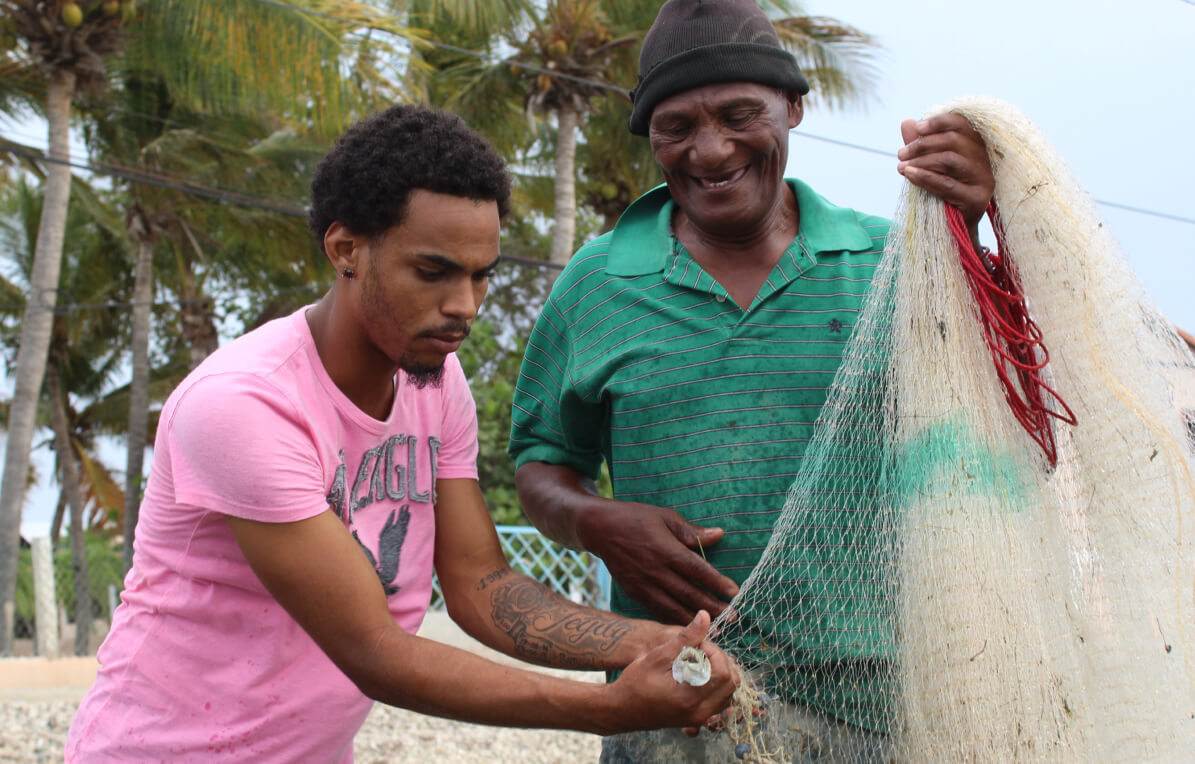By Arjun Upadhyay
It’s the end of the school year and students are getting ready for the summer break. At the Counterpart International office in Garoua, things are anything but slowing down. The summer months allow for the acceleration of teacher trainings, construction of warehouses and kitchens, delivery of commodities, and school gardening. The end of the semester also marks the distribution of Take Home Rations for girls with attendance rates higher than 90% per month.
The Food for Education project, implemented by Counterpart International, aims to improve school attendance of girls in both primary and secondary school in a region of Cameroon that has traditionally been poor in achieving gender parity. In North Cameroon, where subsistence farming supports the livelihoods of the majority of the population, the dry Sahelian climate also makes food security a real problem.
For the last week, I’ve been on the road with Anne-Flore, the Girls Education Officer, and Madame Sadia, the Director of RECAMEF, a national student mothers association, to supervise and organize the distribution of take home rations at selected schools. The schools that we select to visit are the ones with the lowest net enrollment rates of girls. As part of our agenda, a “sensitization” campaign is planned to encourage the education of girls through talks with village leaders and parents.
As many development practitioners would tell you, field visits often provide the best insight into a project’s operations. It is not surprising that the most telling moments of my experience have come from my travels, as the many unanticipated realities on the ground surface.
The difficult terrain is one harsh reality. After a night of heavy rain, the only road to Beka, a village we planned to visit, became inaccessible. Further up the road, we got information that the truck delivering the food cargo to the school at Beka had been grounded in the mud. For the next three days, the village of Beka was literally separated from the rest of Cameroon. Our planned distributions of rations therefore, needed to be rescheduled and visited at another time. Access and monitoring activities among the 150 schools so vastly spread across such difficult terrain remains a major challenge.
Teacher training became another visible challenge from our field visits. In a school near the Chad border, we encountered one nervous teacher who stumbled on his calculation of percentages when asked how he had arrived at some of his figures. In other schools, teachers had to be re-informed about project duties such as calculating attendance rates and helping organize school lunches.
Despite these challenges, field visits also showcase the human impact such projects can have on people. As we visit villages and schools, we were greeted with warm smiles from the students and appreciative parents.
Moreover, the level of organization among the Parent Teacher Associations, mothers association, and community leaders has been remarkable. Every school we visit, the expression of interest to help the project by the community has been outstanding.
Traveling has reminded me again that however well a project may be designed and planned, there will always be certain ground realities that will be unanticipated and only discovered during implementation. As a result, the very nature of development projects demands it to be adaptive and responsive to change.
So far, the experience of being part of an education project that is coupled with food aid has been fascinating. The logistical challenges of shipping, transport, and storage of food commodities in Cameroon is evident as I continue to travel, and right as the United States Food Aid structure faces serious calls for reform in Washington, DC. Implementing an education project, I am learning, is a complex operation that involves multiple approaches that range from teacher training, teacher incentives/motivation, curriculum reform, class infrastructure, language of instruction, and most important, teaching quality.
As the Food for Education project seeks to address all these components to improve the attendance rates of girls, I am eager to find out what new challenge will surface and how the project will adapt to them.
This blog originally appeared on Georgetown University’s School of Foreign Service blog.




